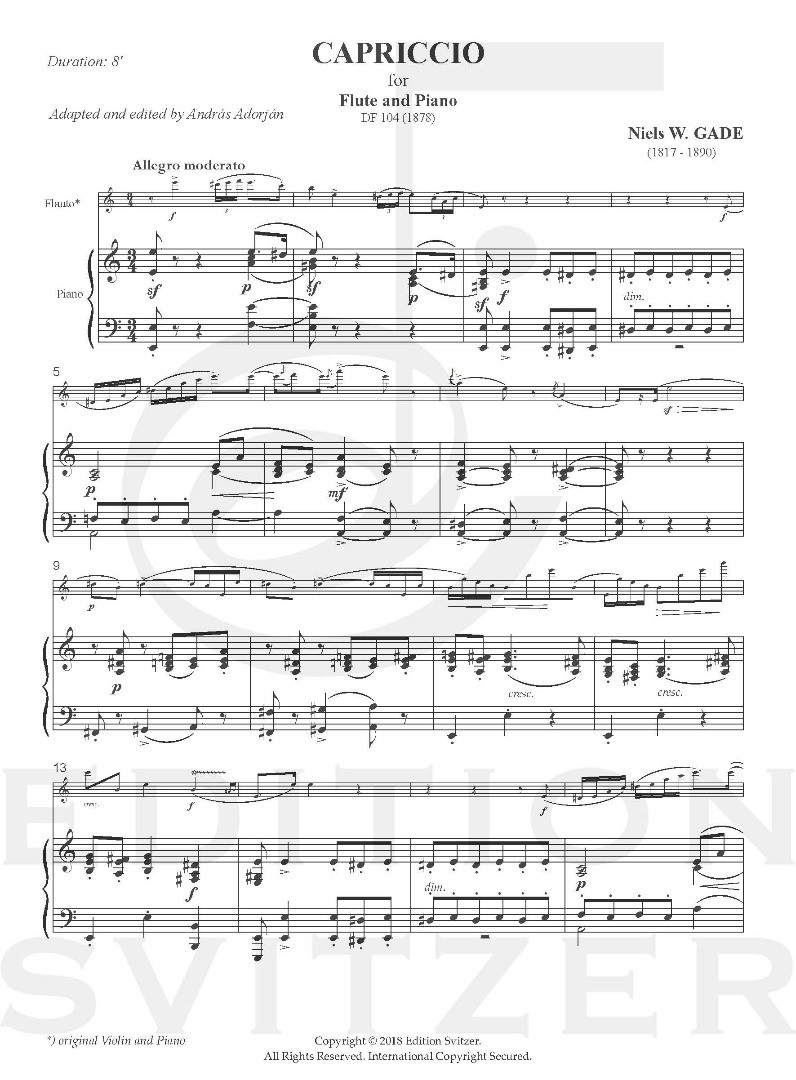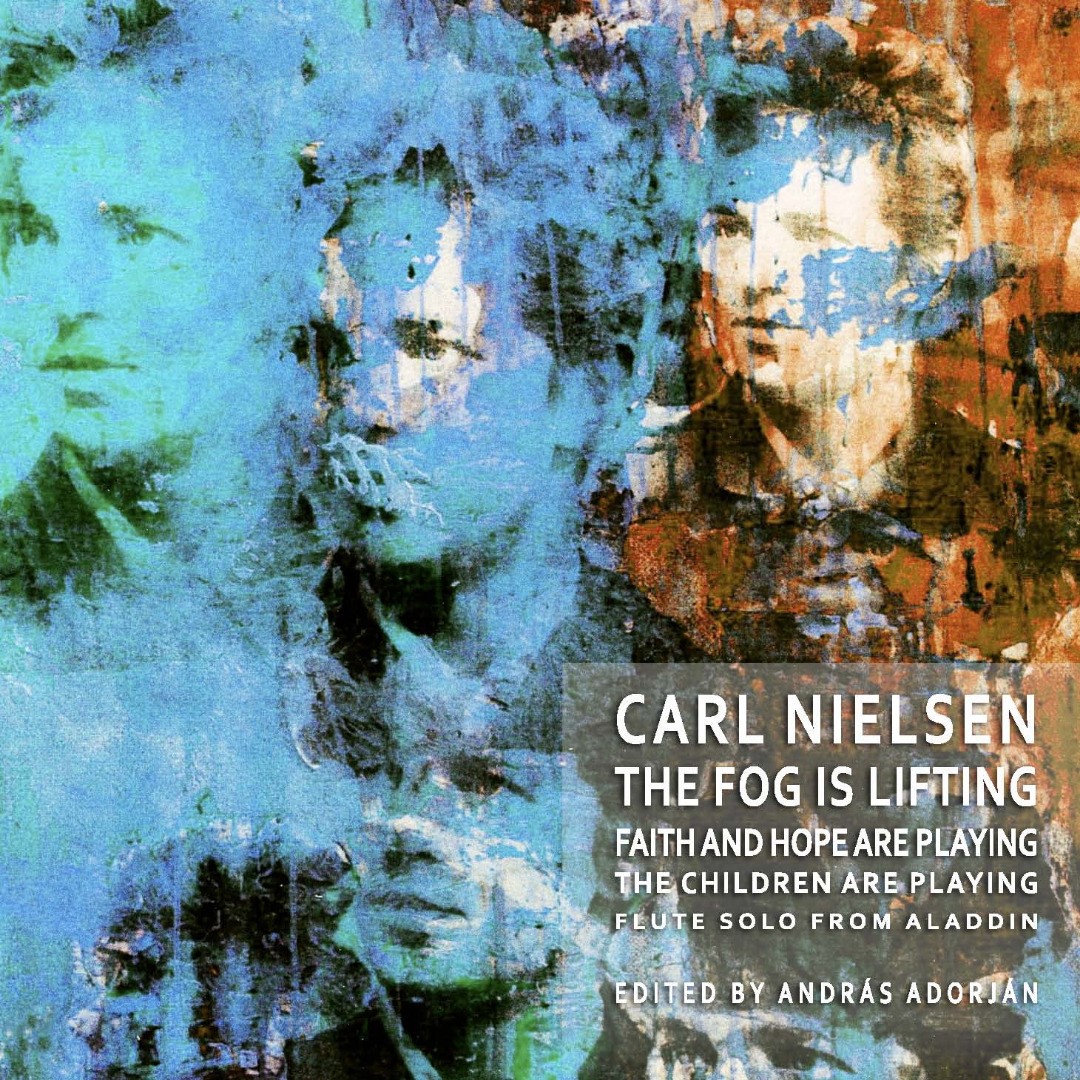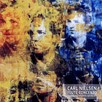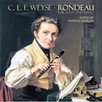
Capriccio
Composer: Niels Wilhelm Gade
Instrument: Flute and Piano
Level: unknown
Published: 2018
Price: €20.00
Item details
-
Description +
-
Duration: 8 min.
Adapted and edited by András Adorján
Performing artists:
András Adorján, flute
Tove Lønskov, piano
from CD „Capriccio danois“, AJPR / Premiers Horizons – CD ref. 070.170
The present Capriccio DF 104 was written for violin and piano in 1878 to be performed in Dresden at the celebrations of the silver wedding ceremonies of Albert, King of Saxony and his Swedish born wife Queen Carola. Although it was asked to be written for violin and orchestra, Gade didn’t orchestrate the piece himself and the published instrumentation is by Carl Reinecke. As this remarkable Capriccio has been largely unnoticed by violinists and remained almost unknown, and the solo part with minor modifications is well playable on the flute, this adaptation gives flutists the possibility to add a challenging new romantic piece to their repertoire.
-
-
Instrumentation +
-
Flute and Piano
-
-
About the composer +
-
Niels Wilhelm Gade (22 February 1817 – 21 December 1890) was a Danish composer, conductor, violinist, organist and teacher. He is considered the most important Danish musician of his day.
-
-
Reviews +
-
Review from Pan flute magazin, Niels W. Gade Capriccio for flute and piano
Originally for violin and piano, this work by Danish composer Niels Gade W. has been transcribed for flute by András Adorján. It was written in 1878 for the leader of the Königlich Sächsische Hofkapelle in Dresden, but only published after the composer’s death. The Capriccio is not well known among violinists, but perhaps this transcription can be a welcome addition to the Romantic flute repertoire.
There are two main themes. The first starts suddenly with a stark double octave E chord in the piano and the flute enters on the off-beat in dramatic fashion with a decoration of the dominant of A minor, the key in which the melody starts a few bars later.
Tempo is Allegro moderato and the technical level is challenging, yet manageable. The writing is quite simple with some chromaticism, but mostly based around tonic and dominant relationships. Halfway through the first section, there is a tranquillo section which is more melodic, although still playful. The next theme is marked più tranquillo and explores the flute’s lower register with a cantabile character, longer note values and long phrases. The structure is similar to the Wieniawski Scherzo Tarantella. The piece certainly has elements of technical fireworks (especially in the cadenza sections); it covers almost the whole range of the flute (from low B to top C) and has some nice melodic passages, it is always great to have more Romantic repertoire, even if it is borrowed from the violin!RODERICK SEED
July 2019 Pan flute magazin (No. 59)
-
-
Credits +
-
Cordial thanks to Tove Lønskov, Finn Egeland Hansen, Inger Sørensen and Anne Ørbæk Jensen for their generous help in preparing this edition; as well as to the Münzkabinett of the Staatliche Kunstsammlungen Dresden for the reproduction permit of the medal on the cover.
-







